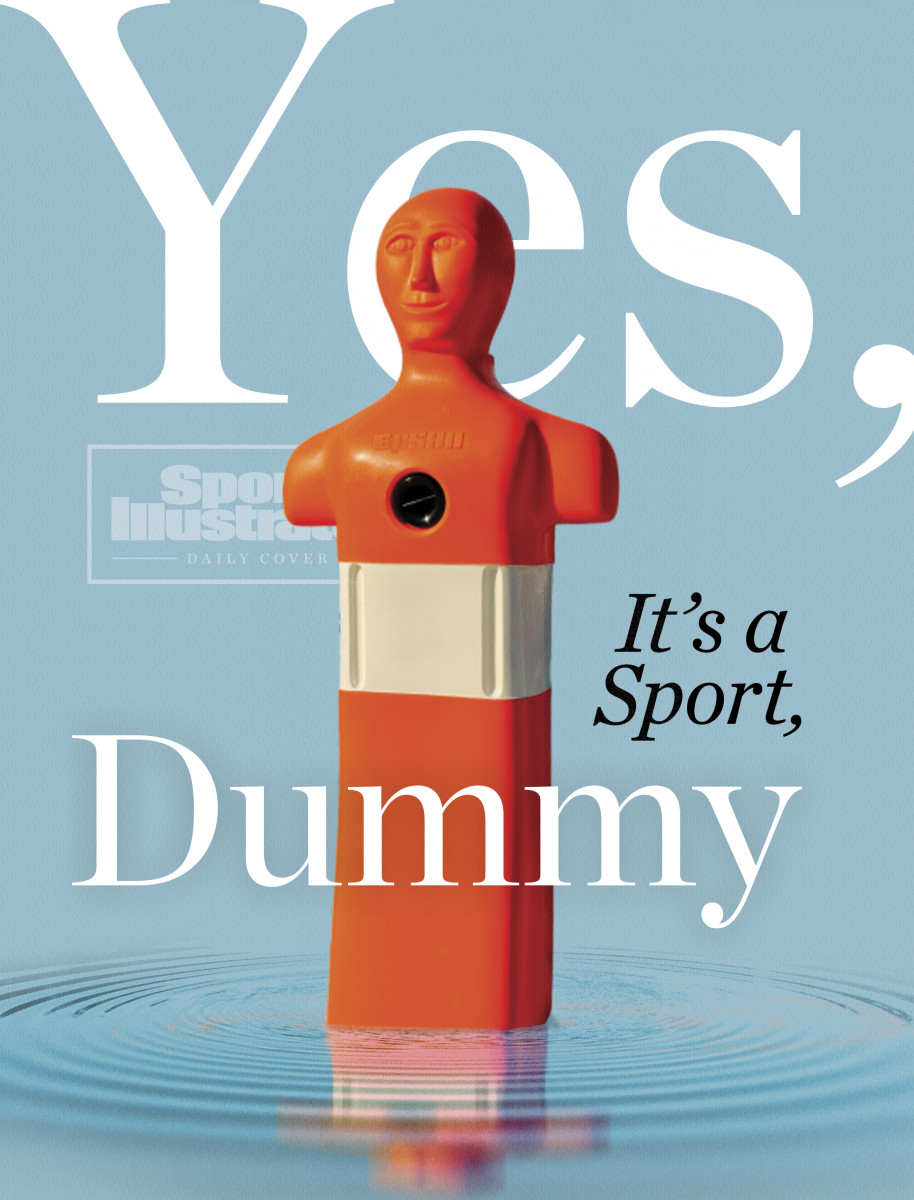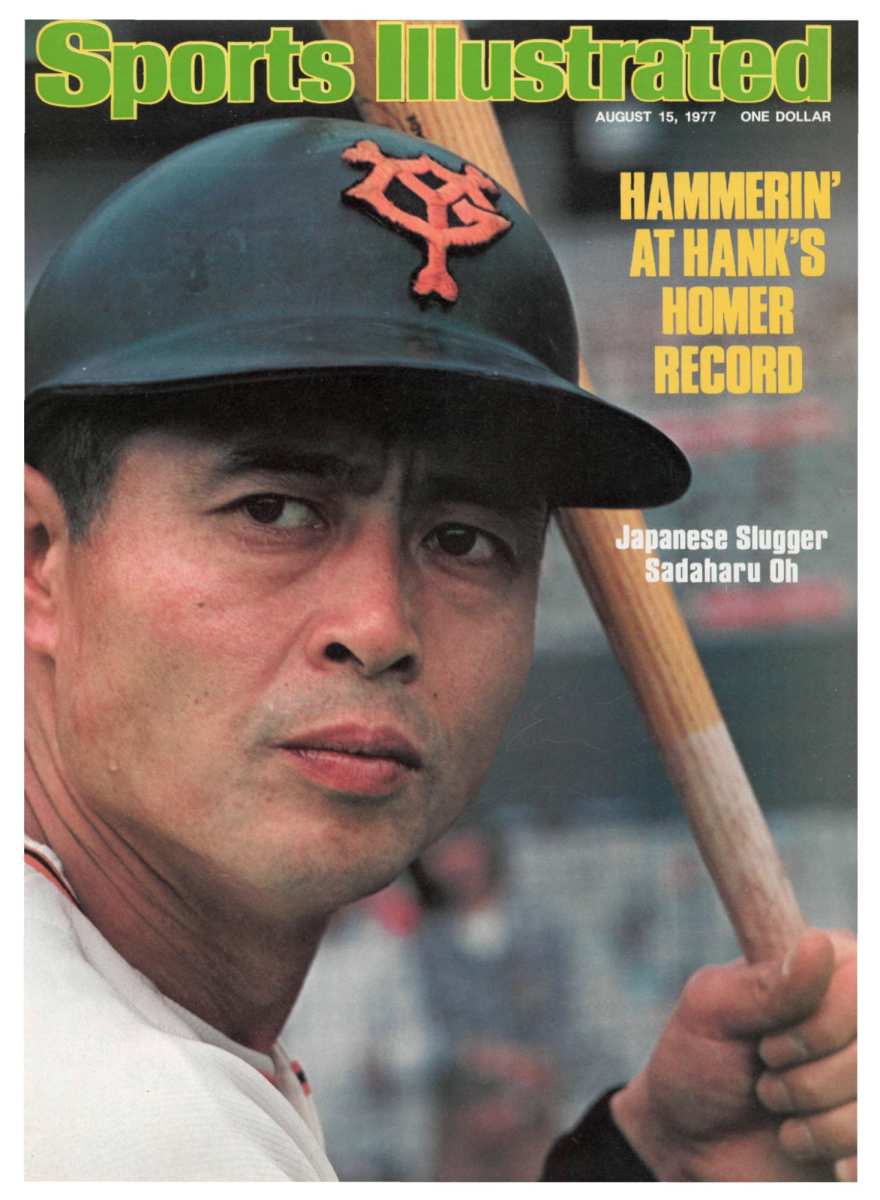SI:AM | What You Missed From Week 1 of the NFL Preseason
Good morning, I’m Dan Gartland. I’m eager for the NFL season to start, but in the meantime, here’s what you need to know about the preseason thus far.
In today’s SI:AM:
📉 It just keeps getting worse for Manchester United
If you're reading this on SI.com, you can sign up to get this free newsletter in your inbox each weekday at SI.com/newsletters.
Just two more exhibition games until the season starts
Week 1 of the NFL preseason is in the books, which doesn’t mean much more than that we’re one week closer to playing games that count for real. Across the league, starters didn’t see much action in exhibition openers over the weekend, which is to be expected. But that doesn’t mean there weren’t interesting developments worth paying attention to. Here are some of the most noteworthy:
Poor playing surfaces
An NFL player’s worst nightmare is getting injured during a preseason game, which is why the field conditions at two stadiums this weekend were especially worrisome. The grass at Soldier Field in Chicago was all chewed up before the Bears took on the Chiefs on Saturday, leading NFLPA president JC Tretter to tweet, “The NFL can and should do better.”
The situation was the same in Las Vegas, where the turf at Allegiant Stadium was awfully barren—especially outside the numbers—before the Raiders-Vikings game.
Conditions like that pose a danger to players, so the grounds crews will have to hustle to get the fields up to snuff before the next scheduled game.
Zach Wilson’s knee
Speaking of injuries, the Jets got a scare Friday night when quarterback Zach Wilson went down with a noncontact knee injury. Notoriously fatalistic Jets fans immediately assumed the worst, but the news isn’t awful. Wilson has a bone bruise and a torn meniscus and will have arthroscopic surgery in Los Angeles. The Jets won’t know how long Wilson will be out until he has the surgery, but he’s at least dodged a season-ending injury. In the meantime, it’s Joe Flacco time in New York.
Kenny Pickett’s impressive debut
Quarterbacks rightly get the bulk of the attention during the preseason, and Steelers rookie Kenny Pickett earned that spotlight in his NFL debut. Pickett completed 13 of 15 passes for 95 yards, with two touchdowns and no interceptions. He also threw the game-winning touchdown pass in the final seconds. Now, he wasn’t exactly facing the stiffest competition in the second half of the preseason opener, but Steelers fans have to be excited about what they have in Pickett. Mitchell Trubisky is still getting the first-team reps (with Mason Rudolph behind him), but the hype is building around Pickett, and I’d be shocked if he wasn’t the starter by November.
Watch the NFL all season long with fuboTV. Start free trial today.
Other QB battles
Like the Steelers, the Seahawks and Panthers also have decisions to make at quarterback. In Seattle, the competition is between Geno Smith and Drew Lock, both of whom saw extensive action against the Steelers on Saturday. Smith played the first half, and Lock played the second. They finished with nearly identical stat lines (Smith: 10-of-15 for 101 yards; Lock: 11-of-15 for 102 yards and two touchdowns), and coach Pete Carroll said after the game, “For both guys, that was a good outing.”
Baker Mayfield got the start for Carolina and led the Panthers to a field goal on a 13-play opening drive. Sam Darnold took the reins after that and was on the field for just six plays, completing two of three passes. Coach Matt Rhule gave most of the playing time under center to P.J. Walker and Matt Corral, so neither contender for the starting job was able to separate himself. Mayfield may have gotten the starting nod this weekend, but Rhule wasn’t willing to say he’ll start the next game, too.
The Cowboys’ lack of discipline
It’s usually silly to draw conclusions from preseason games, but maybe not in this case. The Cowboys led the NFL in penalties last season and in their preseason opener against the Broncos committed 17 penalties. Sure, most of the players in Saturday’s game won’t be on the final roster, but the rest of the league didn’t struggle with undisciplined roster bubble guys. Teams committed an average of 6.6 penalties this week. Dallas is going to have to clean things up when the games start to count for real.
The best of Sports Illustrated

In today’s Daily Cover, Emma Baccellieri goes inside the world of competitive lifesaving:
Yet for all the grand, important life-and-death spectacle that it implies: A competitive lifesaving competition looks quite a bit like a typical swim meet. Yes, there’s the manikin, which will be either carried on its own or towed with a rescue tube, depending on the event. There might be some flippers involved. (These are “fins” in lifesaving terms.) But to watch lifesaving in a pool is to watch something that looks very much like swimming, until it doesn’t.
Fernando Tatis Jr.’s drug suspension ruined the Padres’ hopes of a dream season, Tom Verducci writes. … Saturday’s 4–0 loss to lowly Brentford was the latest indication that Manchester United is a listless club, Jonathan Wilson writes. … Albert Breer’s dispatch from Seahawks camp is about Seattle’s 70-year-old coach, Pete Carroll, who isn’t slowing down at all.
Around the sports world
Brittney Griner’s lawyers have filed an appeal of her conviction. … The Dodgers’ 12-game winning streak was snapped by the Royals. … Former teammate Joel Bitonio suggested that free-agent center JC Tretter could be being blackballed by the league because of his outspoken role as the head of the NFLPA. … Jac Collinsworth and Jason Garrett are reportedly NBC’s new Notre Dame broadcast duo. … Here are the five games the NBA is reportedly planning for Christmas Day. … Will Zalatoris won his first PGA Tour event in a playoff.
The top five...
… things I saw yesterday:
5. Dodgers pitcher Dustin May’s immaculate inning during a rehab start.
4. The New York Post’s back-page headline after the Yankees were shut out by the Red Sox. (The game took two hours and 15 minutes to play, tied for the shortest Yankees–Red Sox game since 1994.)
3. Albert Pujols’s two-homer day. (He’s the third player 42 or older to have at least two multihomer games.)
2. This kid’s reaction to dropping his hot dog on the ground at a White Sox game.
1. The postgame confrontation between Tottenham and Chelsea’s managers.
SIQ
Below you’ll find a 1977 SI cover featuring the great Japanese slugger Sadaharu Oh and a story written by Frank Deford. For many years, Oh held the single-season Japanese home run record with 55, until it was broken in 2013 by which former MLB player?
- Lastings Milledge
- Matt Murton
- Wily Mo Peña
- Wladimir Balentien
Friday’s SIQ: When the Twins traded Dave Winfield to Cleveland in exchange for a player to be named later in August 1994, what did Minnesota end up receiving in return after the rest of the season was canceled?
- A dinner
- $1
- Tickets to a Browns game
- A bucket of baseballs
Answer: A dinner.
Cleveland was one game behind the White Sox when the strike was called and as the Aug. 31 deadline to add playoff-eligible players to the roster grew closer, general manager John Hart was focused on adding to his team in case the season got started again. Meanwhile, his Twins counterpart, Andy MacPhail, wanted to do right by Winfield, who was nearing the end of his Hall of Fame career and, at age 42, hitting fairly well for a noncompetitive team. MacPhail thought he could send Winfield to a contender to give him a chance at winning another World Series while freeing up a spot in the lineup for a young player.
Hart and MacPhail came to terms on the deal that was announced just 30 minutes before the deadline: Winfield to Cleveland for a player to be named later.
But the rest of the season was canceled on Sept. 14, and Winfield was set to become a free agent at the end of the season, so he was worthless to Cleveland. What would Hart and MacPhail do to complete the trade?
Luckily, the two GMs were friends. They were tennis buddies and would go out for dinners with their wives.
“John and I had a history of deals and it was a much more collegial time back then for GMs,” MacPhail told MLB.com in February. “I’m sure we said, like, we’ll figure it out. If we don’t get restarted, then obviously I don’t need anything. We’ll figure it out, maybe [John] buys dinner at the GM Meetings.”
Hart told MLB.com that the compensation “was very tongue [in] cheek” and that he wouldn’t want a player “to feel undervalued.”
“He was a Hall of Fame-caliber player,” MacPhail added. “He shouldn’t be traded for a dinner and it never should have come out that way. ... Obviously, I didn’t need anything because he never put on their uniform. [The dinner] was a flippant remark.”
Oddly enough, Winfield ended up signing a one-year deal with Cleveland as a free agent before the next season.
From the Vault: Aug. 10, 1970

Until reading Frank Deford’s excellent story that ran on Aug. 15, 1977, I didn’t know much about Sadaharu Oh other than that he was Japan’s greatest power hitter and was once mentioned in a Beastie Boys song. But Deford’s story does an excellent job of demystifying this towering figure from the other side of the world.
From 1964 to 2013, Oh held the Japanese record for home runs in a season with 55. He also still holds the record for career home runs with 868, 211 more than his nearest rival. And yet, Oh was not an enormous man. He stood under 6 feet tall and weighed 174 pounds. He hit all those homers not with Giancarlo Stanton–like hacks, but a deceptively easy swing that relied on a very unorthodox high leg kick. Here’s how Deford described it:
Now the Yakult Swallows’ sidearmer whips down. Almost precisely as the ball is released, Oh raises his right foot, drawing it up like a flamingo. And the bat tenses in his hands, shifting into gear. The pitch appears good, and at once the bat and the leg thrust forward in tandem. Oh says he never purposely tries to hit a home run, but he also says, “The moment I decide to swing I am determined to crash that ball to pieces.” And then in the next instant the ball is lifted in a deceptively lazy parabola that carries it over the fence in right center, where the overflow of the crowd of 50,000 is packed on a hillside.
Deford’s story is a very comprehensive profile of Oh, touching on his origins as a baseball player, the rigorous preparation all Japanese teams subjected players to, the rarity of being a mixed race person (his father was from China) who was adulated in Japanese society and the endless debate over whether he would have been able to make it in MLB. I also enjoyed this passage about how Oh’s greatest strength as a player was at odds with the way the game was usually played in Japan:
The traditional emphasis upon the group has also inhibited the popularity of Mister Oh’s game: the long ball. [Babe] Ruth changed our whole style of play, but despite Oh, baseball in Japan is still a nibble game. It is culturally important to get ahead, and so even the Giants will play for one run in the first inning. It is maddening, but if the leadoff man gets to first, the second batter (who was hitting about .340 this spring) would be ordered to bunt—and then there was a pretty good chance that if the sacrifice worked, the leadoff man might foul it all up by trying to steal third; all this with [Isao] Harimoto, the hitter with the highest average in Japanese history, now at bat, and Oh, the greatest home-run hitter, on deck.
Deford’s story clocks in at more than 6,000 words, but I came away with a much greater appreciation for an all-time great who gets overlooked on this side of the Pacific.
Check out more of SI’s archives and historic images at vault.si.com.
Sports Illustrated may receive compensation for some links to products and services on this website.
